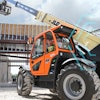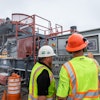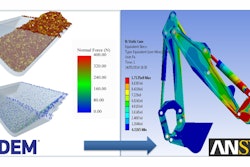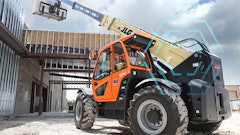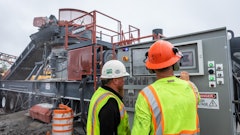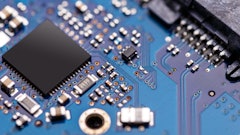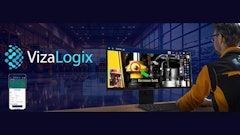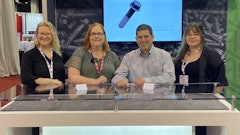
dSPACE has been awarded a contract from the U.S. DOT/NHTSA Vehicle Research and Test Center to supply an in-lab Global Positioning System (GPS) simulation system.
GPS simulation is used in the development and testing of numerous intelligent driving and traffic systems, including:
- Collision avoidance
- Stability control with integrated GPS
- Navigation systems with integrated IMU
- Advanced driver assistance systems
- Car2x features
- Vehicle2x features
Many of these applications rely on vehicle positioning technology to support driver warnings and precautionary actions. Vehicle positioning is enabled using a combination of vehicle coordinates provided by the GPS and high-definition map information provided by roadside equipment. With this technology, the distance to a stop line or travel lane at an intersection, for example, can be constantly monitored.
In order to fully test systems with integrated GPS data, as well as other electronic control units (ECUs) that rely and correlate this data in real time, these complex systems need to be tested under real-world conditions. However, test track testing is very costly and time consuming. Another option is to test through simulation. This type of testing can be accomplished by replicating the same conditions as the real-world in a virtual lab environment.
dSPACE and Spectracom have created such a solution. Using a dSPACE Hardware-In-the-Loop (HIL) Simulation System and a Spectracom Global Satellite Generator (GSG) and Global Navigation Satellite Simulation (GNSS), the real-time testing of GPS data and related ECUs can be tested together in a virtual setting.
Using vehicle models such as dSPACE Automotive Simulation Models (ASM), dynamics of a moving vehicle are recreated through the simulation of wheel speeds, steering angles, inertia measurement units, yaw rates, lateral and longitudinal accelerations and CAN data, etc. to ensure that the system under test believes it is driving in the exact same conditions as in the real-world. In parallel, the GPS constellations corresponding to the vehicle position are also simulated. Using this technology various test drive conditions can be created in the safety of the lab environment and critical functionality provided by the ECUs can be verified.
By utilizing a virtual lab environment, track testing time can be reduced by 70 to 80%, resulting in significant development time and cost savings.

